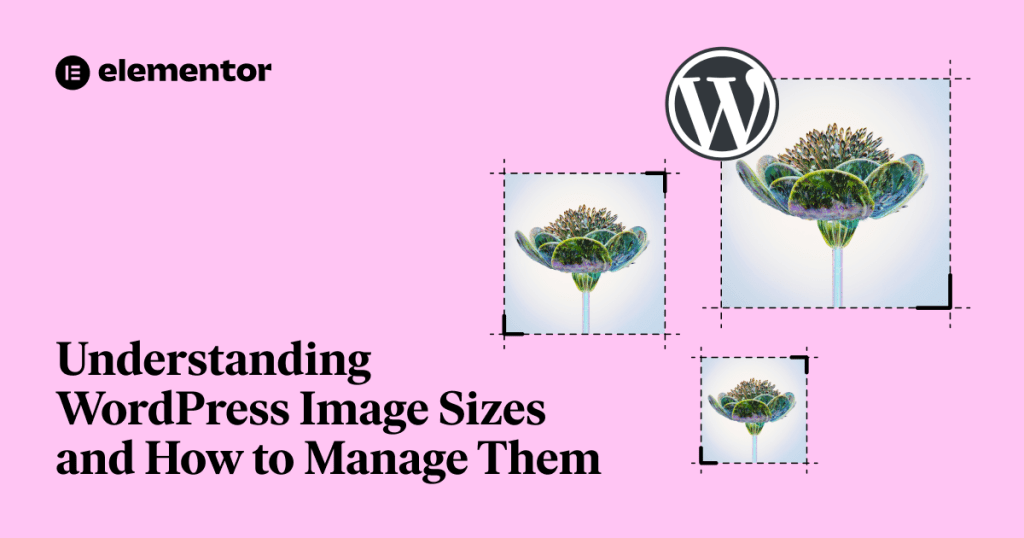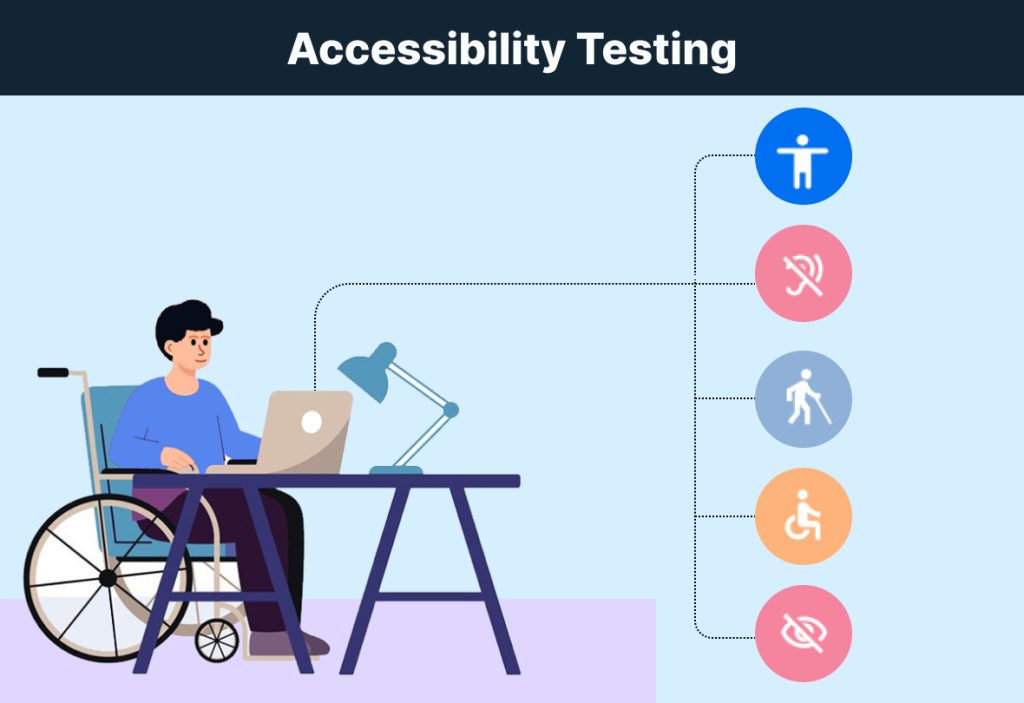Welcome to the Future of Design
As we venture deeper into the 2025 landscape, the world of design continues to evolve at a rapid pace. In this dynamic digital era, it is essential for designers to stay informed about the latest trends, tools, and insights. This article will guide you through the most innovative design trends and tools currently shaping the industry.
Immersive 3D Elements
3D design has always had a significant impact on the design industry, but this year, it’s gone beyond! Designers are now combining 3D graphics with reality, creating immersive experiences that blur the boundary between the digital and physical world.
The Rise of Augmented Reality in Design
Augmented Reality (AR) is becoming an essential tool for designers, offering an innovative way to incorporate 3D elements into real-world contexts. From AR mobile applications to virtual showrooms, AR is revolutionizing the way we interact with design.
Virtual Reality Spaces
Virtual Reality (VR) is not only changing the gaming industry but also leading the way in digital design. VR spaces are being used by businesses to showcase their products in a fully immersive, interactive environment. This trend is particularly noticeable in the real estate and retail sectors.
“The boundaries of design are disappearing. With tools like AR and VR, we’re creating experiences that are more immersive and interactive than ever before.” – Anonymous Design Expert
AI-Powered Design Tools
Artificial Intelligence (AI) is another trend that’s significantly reshaping the design landscape in 2025. AI-powered design tools are making it easier for designers to work more efficiently, create personalized designs, and even predict future trends.
Automated Design Processes
AI is automating many aspects of the design process, from layout creation to color selection. This not only saves time but also allows designers to focus more on the creative aspects of their work.
Personalized User Experiences
AI also plays a crucial role in creating personalized user experiences. AI algorithms can analyze user behavior and preferences to create designs that are tailored to individual users. This level of personalization is becoming a key factor in enhancing user engagement and satisfaction.
“AI is not replacing designers. Instead, it’s providing them with tools that can enhance their creativity and efficiency.” – Anonymous AI Expert
As the world of design continues to evolve, it’s clear that the future lies in a more immersive, interactive, and personalized approach. By staying updated with these trends and harnessing the power of new tools, designers can create innovative designs that resonate with users in the digital age.



